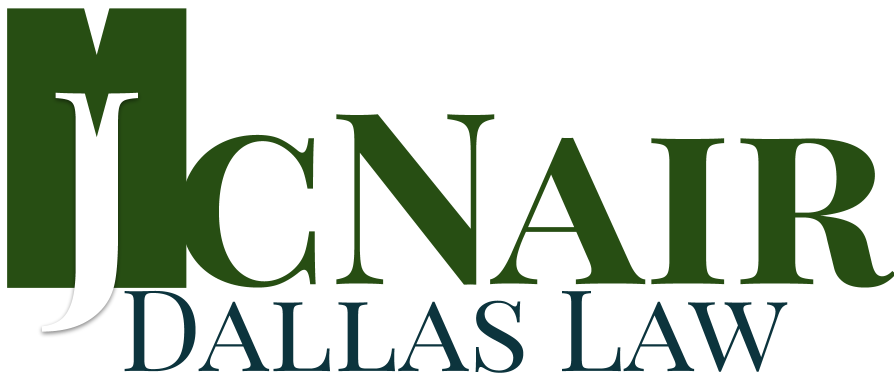With numerous bills still being considered by Congress, people are increasingly aware of the need to explore options for tax planning, charitable giving, estate planning and inheritances. Tax sensitive strategies for the near future are on everyone’s mind right now, according to the article “Inheritance, estate planning and charitable giving: 4 strategies to reduce taxes now” from Market Watch. These are the strategies to be aware of.
Offsetting capital gains. Capital gains are the profits made from selling an asset which has appreciated in value since it was first acquired. These gains are taxed, although the tax rates on capital gains are lower than ordinary income taxes if the asset is owned for more than a year. Losses on assets reduce tax liability. This is why investors “harvest” their tax losses, to offset gains. The goal is to sell the depreciated asset and at the same time, to sell an appreciated asset.
Consider Roth IRA conversions. People used to assume they would be in a lower tax bracket upon retirement, providing an advantage for taking money from a traditional IRA or other retirement accounts. Income taxes are due on the withdrawals for traditional IRAs. However, if you retire and receive Social Security, pension income, dividends and interest payments, you may find yourself in the enviable position of having a similar income to when you were working. Good for the income, bad for the tax bite.
Converting an IRA into a Roth IRA is increasingly popular for people in this situation. Taxes must be paid, but they are paid when the funds are moved into a Roth IRA. Once in the Roth IRA account, the converted funds grow tax free and there are no further taxes on withdrawals after the IRA has been open for five years. You must be at least 59½ to do the conversion, and you do not have to do it all at once. However, in many cases, this makes the most sense.
Charitable giving has always been a good tax strategy. In the past, people would simply write a check to the organization they wished to support. Today, there are many different ways to support nonprofits, allowing for better tax advantages.
One of the most popular ways to give today is a DAF—Donor Advised Fund. These are third-party funds created for supporting charity. They work in a few different ways. Let’s say you have sold a business or inherited money and have a significant tax bill coming. By contributing funds to a DAF, you will get a tax break when you put the funds into a DAF. The DAF can hold the funds—they do not have to be contributed to charity, but as long as they are in the DAF account, you receive the tax benefit.
Another way to give to charity is through your IRA’s Required Minimum Distribution (RMD) by giving the minimum amount you are required to take from your IRA every year to the charity. Otherwise, your RMD is taxable as income. If you make a charitable donation using the RMD, you get the tax deduction, and the nonprofit gets a donation.
Giving while living is growing in popularity, as parents and grandparents can have pleasure of watching loved ones benefit from the impact of a gift. A person can give up to $16,000 to any other person every year, with no taxes due on the gift. The money is then out of the estate and the recipient receives the full amount of the gift.
All of these strategies should be reviewed with your estate planning attorney with an eye to your overall estate plan, to ensure they work seamlessly to achieve your overall goals.
Reference: Market Watch (Feb. 18, 2022) “Inheritance, estate planning and charitable giving: 4 strategies to reduce taxes now”




